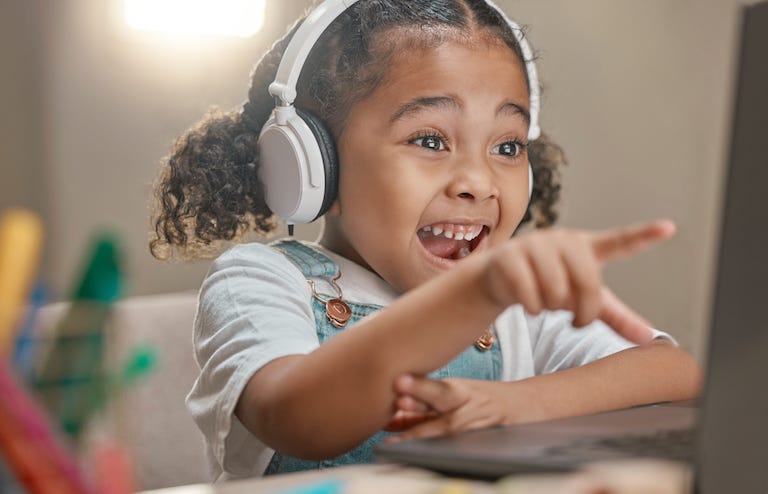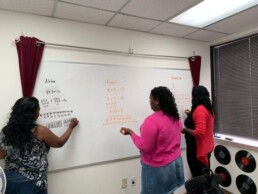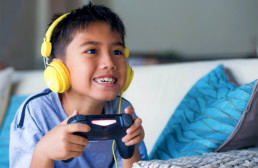



As schools open for the 2022-2023 school year, over 2,000 teaching vacancies remain in the state of Maryland alone.

Over two years ago, COVID arrived, and since then, the world has been grappling with how to address the learning loss in our children. A 2021 McKinsey report found that in the 2020-2021 school year, children were at least five months behind in math and four months behind in reading.

Throughout 2021, we’ve heard from our students, families, and the teachers and partners we work with directly. Based on what we’ve learned, here are four predictions for this upcoming 2022 year.

While many of you have been enjoying the summer, we’ve been busy at Eurekii doing some pretty crazy things. As we head towards our back-to-school season,

“It’s SUMMERTIME!” and it’s about time that we are now able to get back to pre-COVID activities. Most of us are looking forward to those maskless outdoor events, and gathering with friends and family.

As we get ready to close one of the toughest school years ever faced, one could argue, our kids learned very little academically this year. Wall Street Journal on May 12th, 2021 published an article about rampant cheating and how easy it was during COVID. Thousands of ‘homework help’ websites allow you to get step-by-step help, auction your assignments, and share exam questions or paper topics. I know kids who have used these sites and cheated with friends. When I confront them, the answer is, “Everyone does it.” What are kids actually learning and whose work is it really?

If there was one industry outside of healthcare that thrived during the pandemic, it is the video game industry. Wall Street reports record growth in sales from the large video game players such as Nintendo, Microsoft, and Twitch with record sales over 60 billion dollars.

Imagine this scenario: Your child comes home one day and says, “I’m DONE! I can’t:
deal with this class anymore. It’s too hard and I’m not treated fairly.
play for this team anymore. I’m constantly worried that I’m not good enough.

Biden recently passed the greatest one-time federal investment – $130 billion dollars for K-12 schools over a three-and-a-half year period. The most significant of the cost, is to help students who have lost many months of in-person learning. A Mckinsey & Company study shows children may lose up to 12 months of learning.